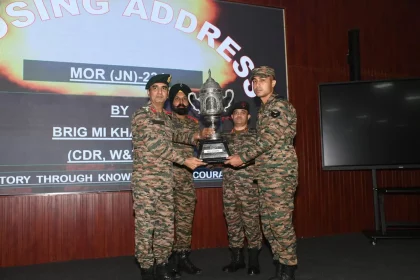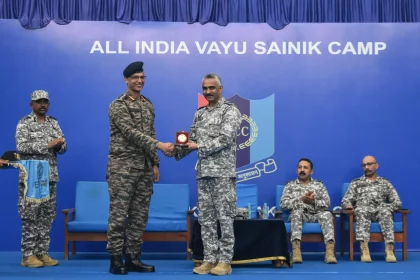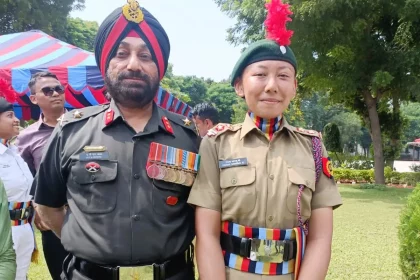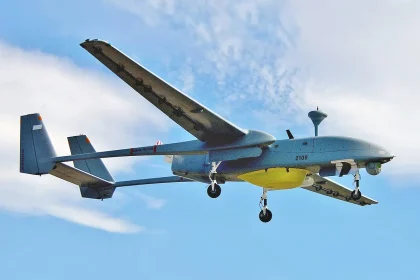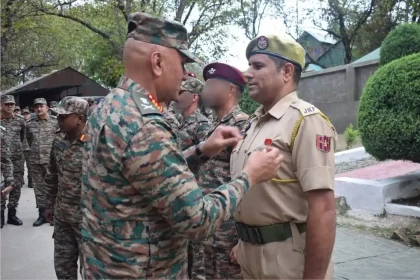Naik Surendra KC Awarded Overall Best Student as Mortar Training Course Concludes at Infantry School, Mhow
Course highlights India’s commitment to precision, safety, and international defence cooperation.
All India Vayu Sainik Camp 2025 Kicks Off in Bengaluru with Historic Participation
First-Ever Participation of J&K and Ladakh Cadets Marks a Historic Milestone in NCC’s Premier Aviation Training Camp.
Major General APS Chahal Felicitates Achievers During OTA Gwalior Diamond Jubilee
Lt Padma from the Darjeeling & Sikkim Group led her company with distinction, securing the coveted Individual Gold Medal.
India to Acquire More Israeli Heron Drones, Armed with Spike Missiles
India to arm Israeli Heron drones with Spike missiles while advancing indigenous MALE UAV programme to boost surveillance and strike…
Lt Gen Dhiraj Seth Reviewed Diamond Jubilee Passing Out Parade at NCC Officers’ Training Academy, Gwalior
131 Lady ANOs Commissioned as NCC Officers, Showcasing Six Decades of Nari Shakti and Youth Leadership.
Lt Gen Pratik Sharma Reviews Counter-Terrorism Operations in South Kashmir
Visit Highlights Success of Operation Guddar, AI-Driven Innovations, and Joint Security Efforts in Kulgam.

